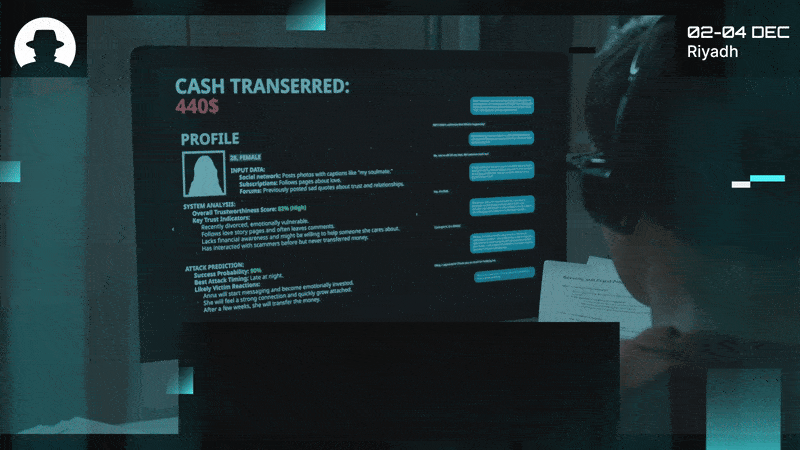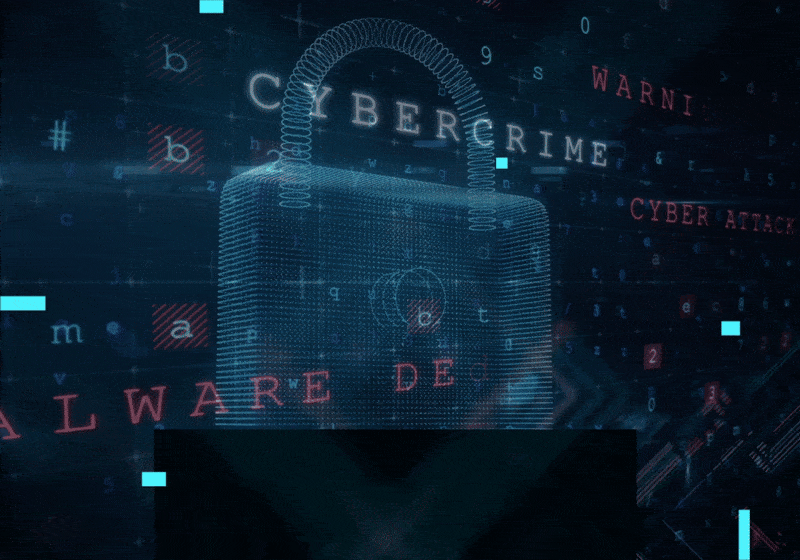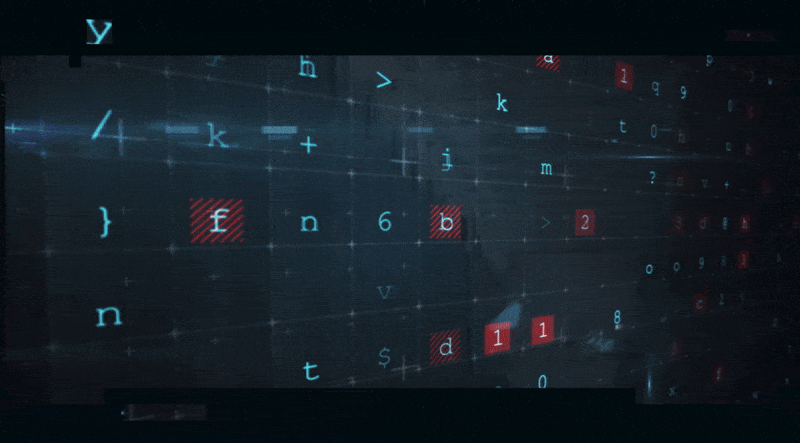
Bring hiring scams into your corporate deception training
Six in ten job seekers faced fake recruiters in 2025. Here’s what those scams teach CISOs about human psychology – and why security awareness needs a rewrite.
Read More
Welcome to the new 43 cyber warriors who joined us last week. Explore our weekly delivery of inspiration, insights, and exclusive interviews from the global BHMEA community of cybersecurity leaders.
Keep up with our weekly newsletters on LinkedIn — subscribe here.
Weekly insights and inspiration from the global Black Hat MEA community. Stay ahead of your adversaries.
Fictional supervillains.
Yes. Give us a chance here – there’s meaning behind our madness.
Think about it: cybersecurity is often talked about in battle terms; it’s an endless war between defenders and attackers. Every security team in the world is scrambling to mitigate ever-evolving threats.
So if cyber threats were supervillains, who would your organisation be fighting?
The Joker doesn’t just commit crimes – he makes a spectacle of them. His goal isn’t just financial gain. It’s to cause maximum destruction and send a message.
Ransomware attacks operate in a similar way, don’t they?
Instead of just stealing data they encrypt it and hold it hostage, so businesses have to decide whether to pay up or fight back. The Joker loves to watch the world burn, and so do ransomware groups who take down critical infrastructure and cause destruction wherever they go.
Just as Batman never negotiates with the Joker, businesses should (mostly) never pay ransoms – it only funds more attacks. The best way to defeat ransomware? Regular backups, strong endpoint protection, and employee training to spot phishing emails before they become an entry point for disaster.
Loki isn’t an obvious villain. He’s cunning, charming, and appears pretty trustworthy on the surface.
But make no mistake: he’s always plotting something. Insider threats, whether intentional (hello disgruntled employees) or unintentional (careless workers), are the Lokis of cybersecurity. They bypass security controls, steal data, and manipulate systems from within.
So every security team needs its own Thor. Someone who can spot deception and cut it off before it wreaks havoc. Strict access controls, continuous monitoring, and behavioural analytics are the Thor that can help detect suspicious activity before your Loki strikes.
Phishing attacks thrive on deception, just like Mystique. She can change her appearance at will, tricking even the sharpest minds into believing she’s someone else.
Phishing emails and fake websites do the same. They pretend to be trusted entities while quietly stealing credentials and injecting malware.
So just as the X-Men learnt to recognise Mystique’s tricks, employees need training to spot phishing attempts. Implement multi-factor authentication (MFA) to ensure that even if a password is stolen, attackers can’t gain access. Advanced email filtering and threat intelligence can help unmask these digital shapeshifters before they strike.

Zero-day exploits are like Thanos. They’re powerful, inevitable, and…well, devastating.
Zero-day vulnerabilities exist before security teams even know they’re a problem, which makes them incredibly difficult to defend against. A single well-executed zero-day attack can cripple entire organisations – just as one snap of Thanos’ fingers wiped out half of existence.
Unlike the Avengers, security teams (unfortunately*) can’t rely on time travel to undo a disaster. Instead, they must employ proactive defense strategies; we’re thinking vulnerability scanning, patch management, and zero-trust architectures.
Threat intelligence sharing and endpoint detection and response (EDR) can also provide early warnings to stop Thanos before he collects all the Infinity Stones – or, in this case, before an exploit is weaponised against you.
(*Yet? Could time travel be the next frontier in cybersecurity? We’re open to it.)
A DDoS attack doesn’t sneak in quietly or use deception. It roars onto the scene, overwhelming websites and services with so much traffic that they collapse under the pressure.
Like Godzilla storming through a city, DDoS attacks leave chaos in their wake; disrupting operations, costing companies millions, and frustrating customers.
To survive a Godzilla-level attack you’ll need robust infrastructure. Cloud-based DDoS mitigation, rate limiting, and traffic analysis tools can help absorb the blow. And a well-prepared incident response plan ensures that even if your defenses take a hit, your systems can recover quickly.
Artificial Intelligence (AI) can be a force for good in cybersecurity. But in the wrong hands, it’s also a nightmare.
Ultron was designed to protect humanity – but instead he became its greatest threat. Just like Ultron, AI-powered cyber threats learn from their failures, adapt in real time, and evade traditional defenses. From deepfake phishing attacks to automated malware generation, AI is changing the threat landscape.
To fight AI with AI, you need to invest in machine learning-based security solutions. Automated anomaly detection, behavioral analysis, and AI-driven threat intelligence can help stay ahead of evolving threats. Just like the Avengers built Vision to counter Ultron, cybersecurity teams must use AI responsibly to counter its darker uses.
The threat landscape is crowded with formidable villains. But every great superhero team finds a way to win. The best way to do that? Community, collaboration, sharing knowledge.
Come to Black Hat MEA to learn from others and understand your enemies better.
Cybersecurity practitioners may not wear capes; but they’re the real heroes in the infinite cyber battle.
Who’s your organisation fighting right now?
Join us at Black Hat MEA 2025 to grow your network, expand your knowledge, and build your business.
Join the newsletter to receive the latest updates in your inbox.

Six in ten job seekers faced fake recruiters in 2025. Here’s what those scams teach CISOs about human psychology – and why security awareness needs a rewrite.
Read More
Why purple teaming matters: learning, humility, and collaboration over confidence. A Zen mindset for modern cyber resilience.
Read More
Across Saudi Arabia and the GCC, hands-on cybersecurity simulation and CTF programmes are producing world-class talent – and transforming how the next generation learns to defend the digital world.
Read More